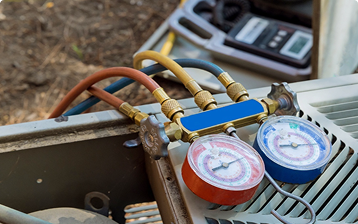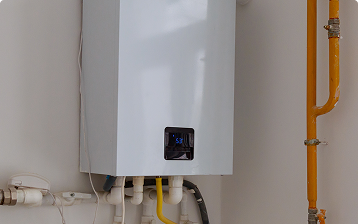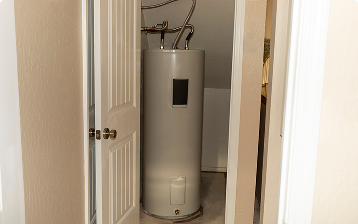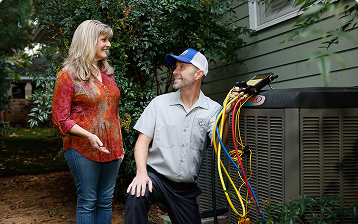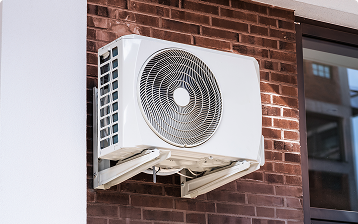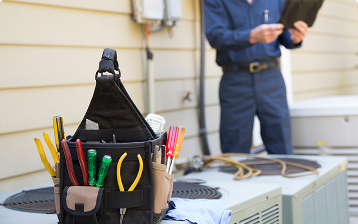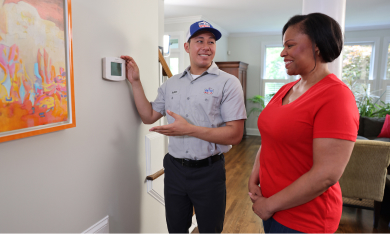
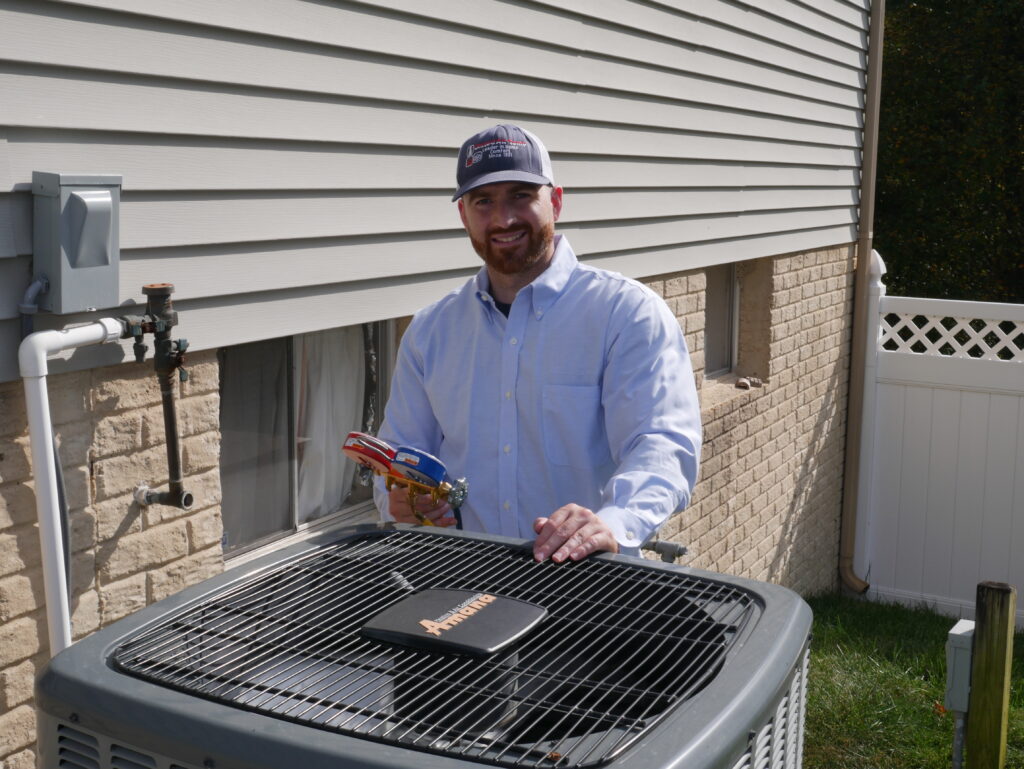
your home is an exciting time! You’re updating the style, adding living space, and maybe finally building that sunroom or second living room you’ve dreamed of for years.
As you compare flooring options and debate tile colors, don’t forget one key system that also needs attention during this project: your air conditioner.
If the remodel includes expanding your square footage, chances are your current AC system won’t cut it anymore. And once the drywall goes up, it’s a lot harder to make changes.
So, before your walls are enclosed and painted, ask yourself this important question: Does my HVAC system need an upgrade?
Why You May Need a Larger Air Conditioner
Older AC units weren’t designed to cool today’s bigger, open-concept homes. Add a room or two, and your system may run over time even when it’s not that hot outside.
This means higher energy bills, more wear and tear, and an uncomfortable home once summer arrives. Sizing up your AC during the renovation helps maintain consistent cooling without overburdening the system.
HVAC Sizing
Here’s a general guide to reference when matching AC size to your home’s square footage:
- Up to 1,000 square feet: 1.5 tons
- 1,000 to 1,500 square feet: 2 tons
- 1,500 to 2,000 square feet: 3 tons
- 2,000 to 2,500 square feet: 4 tons
- 2,500 to 3,000 square feet: 5 tons
Note that these numbers are just starting points. A proper load calculation also considers insulation, air infiltration rates, window layout, ceiling height, home occupancy, and the local climate.
HVAC Efficiency
Home renovations often come with big windows, glass doors, or sunrooms. These are all beautiful additions, but they introduce extra heat and drive up your energy bills if your cooling system is inefficient.
Since 2023, Florida’s minimum seasonal energy efficiency ratio is 15 SEER or 14.3 SEER2. Upgrading during your renovation brings you up to current standards while keeping utility costs in check.
Ductwork
Your shiny new floor plan may spell trouble for your existing ductwork. New walls and room layouts interfere with airflow, leaving some rooms feeling uncomfortably cold while others are hot and stuffy.
Reconfiguring or replacing ducts early in the renovation is much easier than attempting patchwork installations after the drywall goes up.
Consider a Ductless Mini-Split Instead of a New AC & Ductwork
If your renovation involves an addition, a ductless mini-split might be the perfect fit. These systems have an outdoor unit connected to one or more indoor, wall-mounted air handlers.
Mini-splits are quiet and energy-efficient, providing independent control over the temperature in your new space. Best of all, installation is fast and only requires electrical wiring and refrigerant lines. No ductwork is required.
Consider HVAC Zoning If You’re Not Ready to Upgrade Your AC
Zoning systems break your home into different “climate zones” with their own thermostats. Dampers in the ductwork control airflow, sending cool air where it’s needed most and helping your AC run more efficiently.
Zoning also helps avoid the dreaded battle of the thermostat when one person is overheating, and another wants to stop shivering.
How to Protect Your AC During Renovations
Construction dust is no friend of your HVAC system. Keep things clean and running smoothly with these tips:
- Avoid running the HVAC system during major work.
- Seal off vents in construction areas.
- Use plastic sheeting as a dust shield.
- Change the air filter more often.
- Schedule duct cleaning when work is complete.
Request AC Replacement with United Air Temp
UAT has been a leader in home comfort since 1931. Since then, we’ve built our reputation on putting customers first. Our technicians receive over 40 hours of factory and in-house training each year to stay sharp, and we offer free estimates, upfront pricing, and same-day service.
No matter what kind of renovation you’re planning, we’ll ensure your home stays cool and comfortable long after the drywall dust settles.
Contact us for an AC replacement quote in Orlando today.





